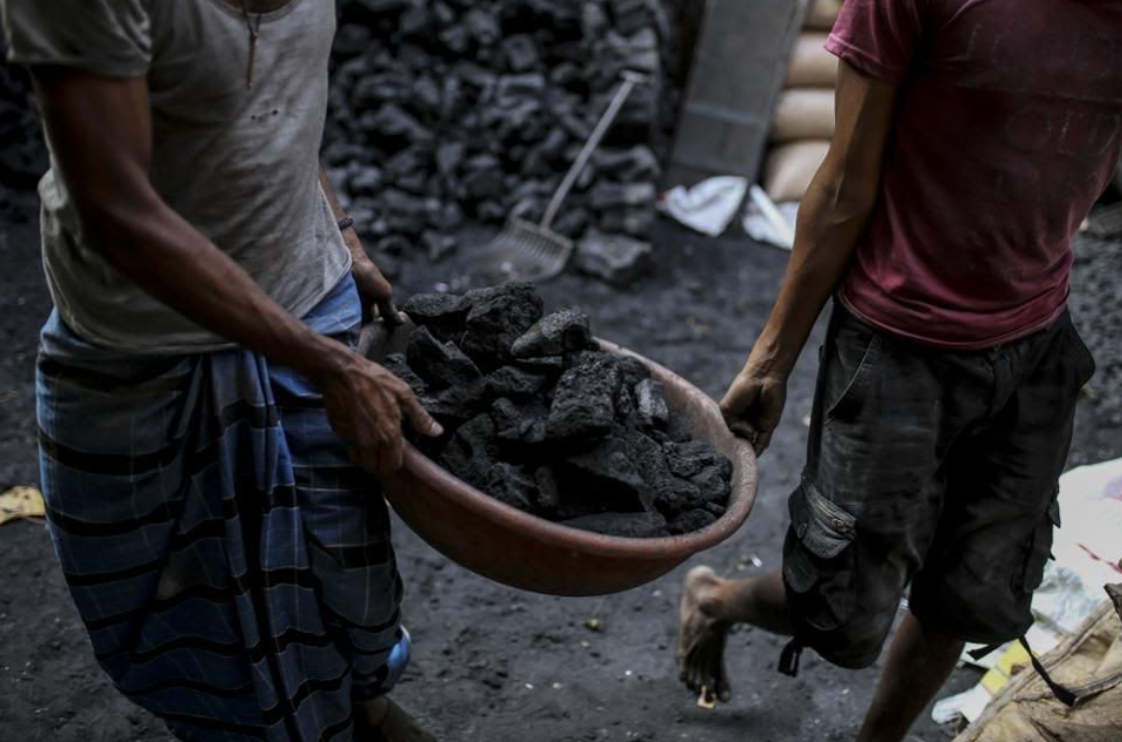PATRICK POLESHUK WRITES — If the Covid-19 catastrophe has benefited us in any way, it is in teaching us that humanity is never absolved from vulnerability. In the wake of global pandemic panic, thoughts about what is going to happen soon are beginning to overshadow thoughts on our long-term existence. How will the U.S. react to COVID-19 in the coming months? With WTO economists predicting that global commerce could fall anywhere between 13%-32% in the 2020 fiscal year alone, the extent to which American political leadership chooses to enlarge its health protectionism is anything but certain. In regards to the environment, however, the question is whether the U.S. push towards more sustainable energy sources will falter amidst growing short-term support of its non-renewable industry.
Whether this will manifest itself in growing protectionism for American coal laborers (surprisingly only employing .03% of the labor force) or large-scale subsidies to oil corporations (whose storage capacities are reaching their peaks) is not the immediate issue. When we consider that the totality of man-made environmental catastrophe is well on its way to manifesting itself in rising sea levels, ocean acidification, the loss of global diversity, and the flooding of entire coastal cities, among many other horrors, energy transition is essential, not an option. But the decision to pursue a more sustainable energy industry is currently at the mercy of one of the most hostile political climates our nation has ever seen.
Even so, I see an America with the potential instilled in it for future per capita revenue growth; but above all else, however, this needs to be sustainable growth. If the United States would only realize this, we can observe that the desire to move towards renewable energy sources will beat out any potential protectionism or subsidization of the competing sector and award us a more viable future.
Perhaps it can be chopped up to an issue where environmental protection and economic growth are seen as mutually exclusive endeavors; however, from the Saudi-Russia price war undercutting American oil profits to coal mines being closed down all across the nation amidst skyrocketing COVID cases, there is perhaps no better time than the present to be investing in renewable energy.
That is, however, just for the United States, as the destiny awaiting our prominent trading partners to the East may be far less flexible with a contrasting future in store. Combined, China and India house roughly 36% of the world population, so it is little surprise that they are the world’s largest coal producers. Indeed, while valid efforts have been made to kick the habit of coal consumption, it is the harsh reality that 70% of existing coal-fired capacity, along with 90% of planned capacity, is concentrated in China, India, and 20 other developing nations, many of which are scattered all across Asia.
It is no secret that much of Asia is in the process of unleashing its free market potential, but it comes at a cost. Many countries, growing their economies at rates that the U.S. can only dream of, still lack the capital and finances to kick their renewable energy industry off the ground. This pandemic, additionally, works in regressive ways, as just last month, India’s Prime Minister, Modi, encouraged plans for a proliferated investment in the coal sector to offset coronavirus employment drops. So if the U.S. does wind up pursuing a more sustainable energy infrastructure, a paradigm shift might be observed where emission production is more prominent in developing nations, particularly in Asia. A larger carbon footprint can already be found there, and it might well become more pronounced in a post-COVID world.

